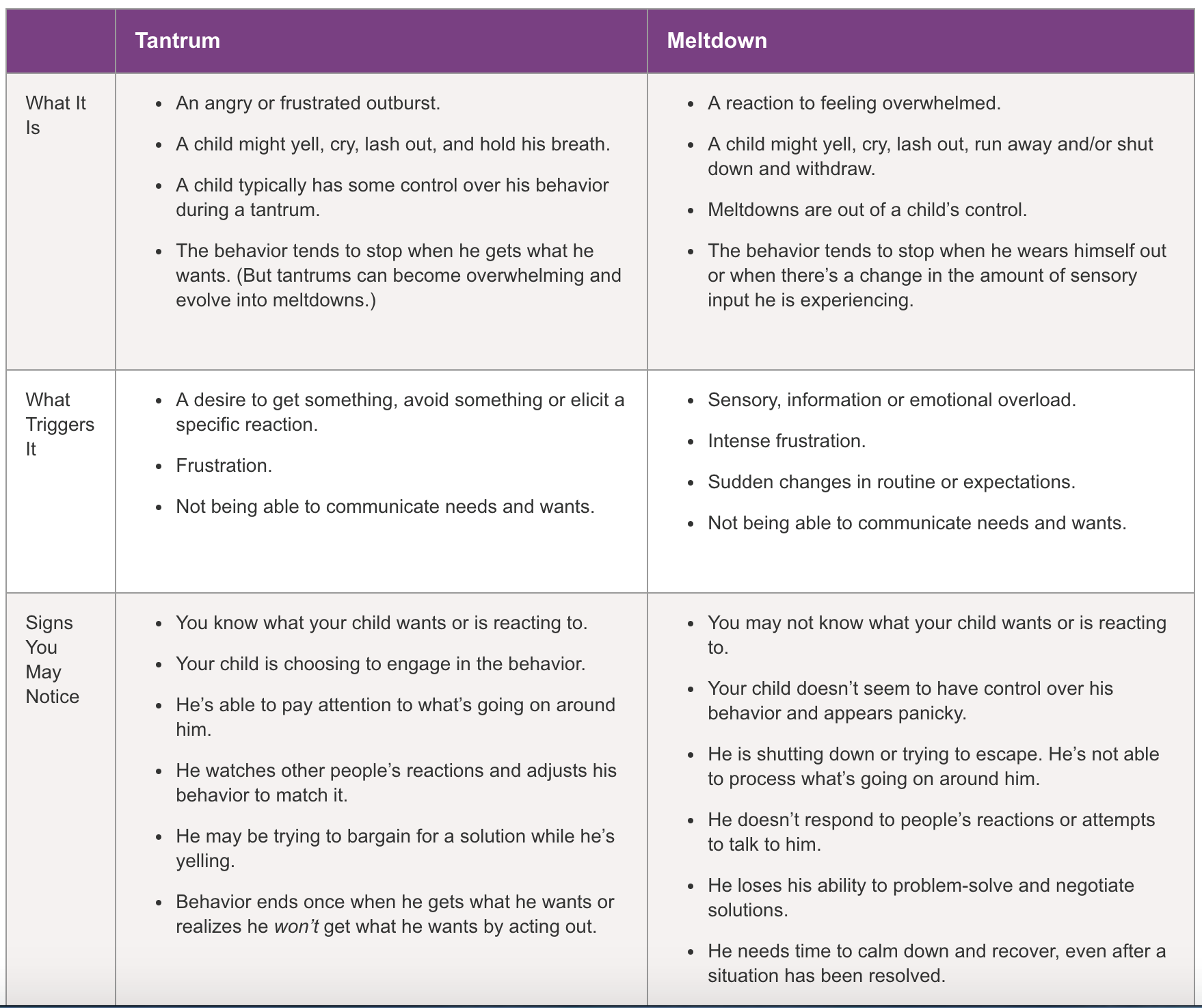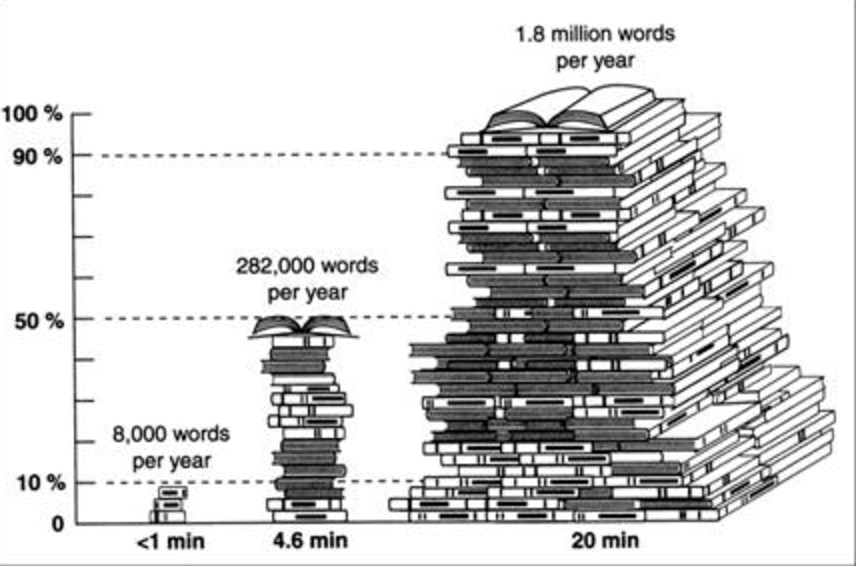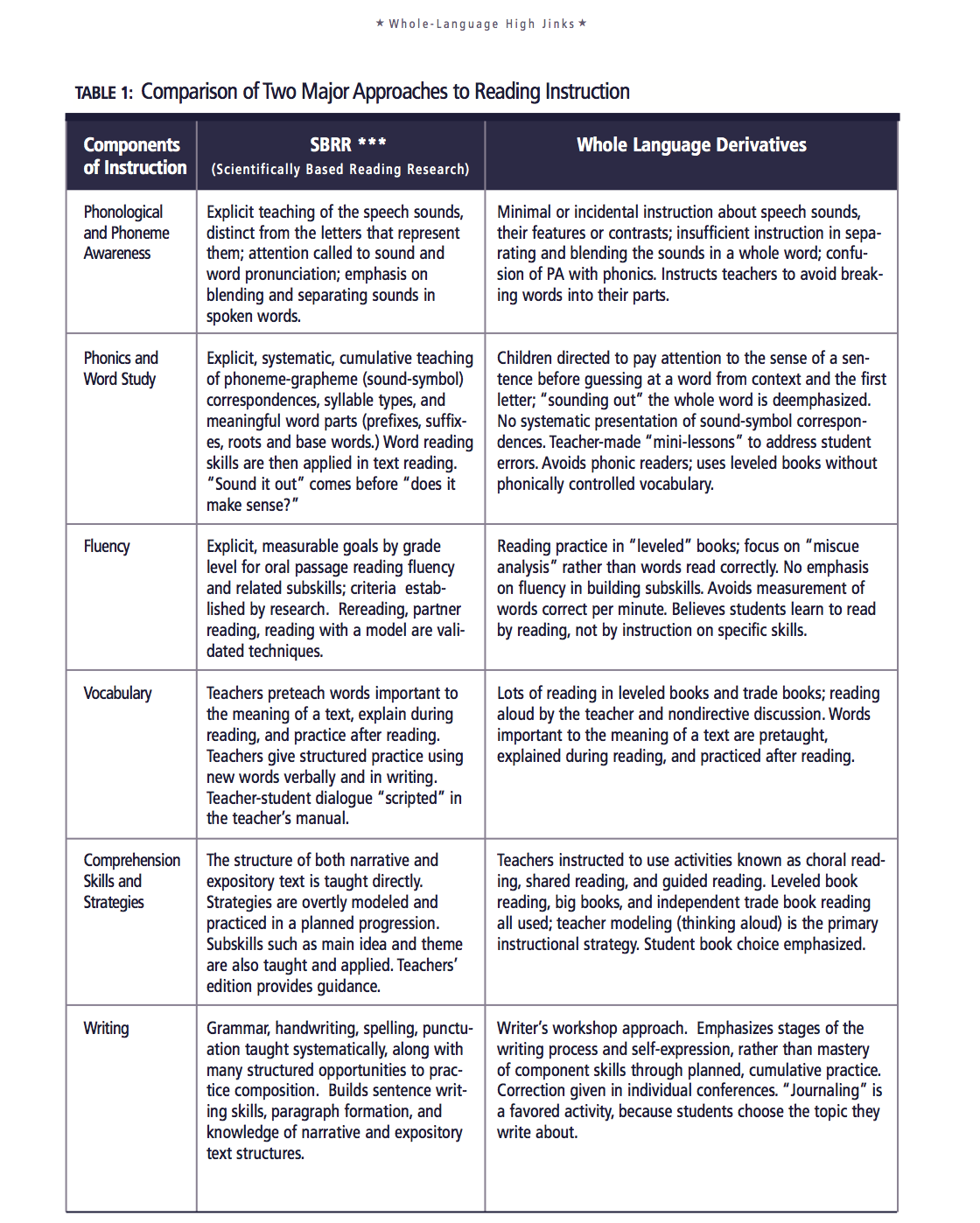As part of an assessment I recently asked 17- year-old near senior, Bethany, “Who wrote Hamlet?” Looking bewildered, she said, “I have no idea.”
Then, when asked to define the word “tranquil,” she could not further no guess. Bethany had no association to the word.
By the end of the assessment, it turned out that Bethany scored in the 16th%ile for word knowledge and the 9th % ile for fund of information and general knowledge.
In contrast, Bethany functioned somewhat above average on tasks that were nonverbal, like putting blocks together to make spatial patterns and while analyzing a series of visual patterns.
“I think I have ADD,” Bethany said to me.
“What tells you that,” I asked her.
“When I read my mind wanders. I have no idea what I am reading. In class I can’t follow what the teacher is saying and have no clue what they are discussing. It has to be ADD – I think I should be on meds. Most of my friends are on meds.”
I get that kind of thing a lot – kids thinking they should “be on meds.”
Even though Bethany may benefit from stimulant medication, what I do know is that one of the primary reasons Bethany does not pay attention in class or while reading is that she lacks what I call “hooks in the mental closet.”
We used to think of reading as a fundamentally one-direction process. In this model words would go from the page to the brain. Researchers in the 1980s and 1990s enlightened us that reading (and listening to class lectures) was more of a two-way, interactive process.
The fact is the more “hooks we have in our mental closet” (the researchers used different terminology, mind you), the better we comprehend what we are reading or understand what we are listening to.
These “hooks” also help us to pay attention. While medication may help Bethany focus, she still needs to be building in background knowledge and word awareness to try and overcome her sense of feeling lost.
In short, Bethany needs to build in more hooks.
There are plenty of books on the market that may be helpful such as, “Words You Should Know In High School: 1000 Essential Words To Build Vocabulary, Improve Standardized Test Scores, And Write Successful Papers.”
I can tell you with pretty good assurance that Bethany knew about 15 % of the essential 1000 words.
Even if Bethany practiced two words per day for a year, she would be in much better shape with the 720 new words (365 words X 2) for the year that she could learn.
There would be 720 new hooks in her mental closet!!!
Takeaway Point
Hooks in the mental closet matter and may explain some of the reason your child is not paying attention or adequately comprehending. Try and build them in any way you can.





